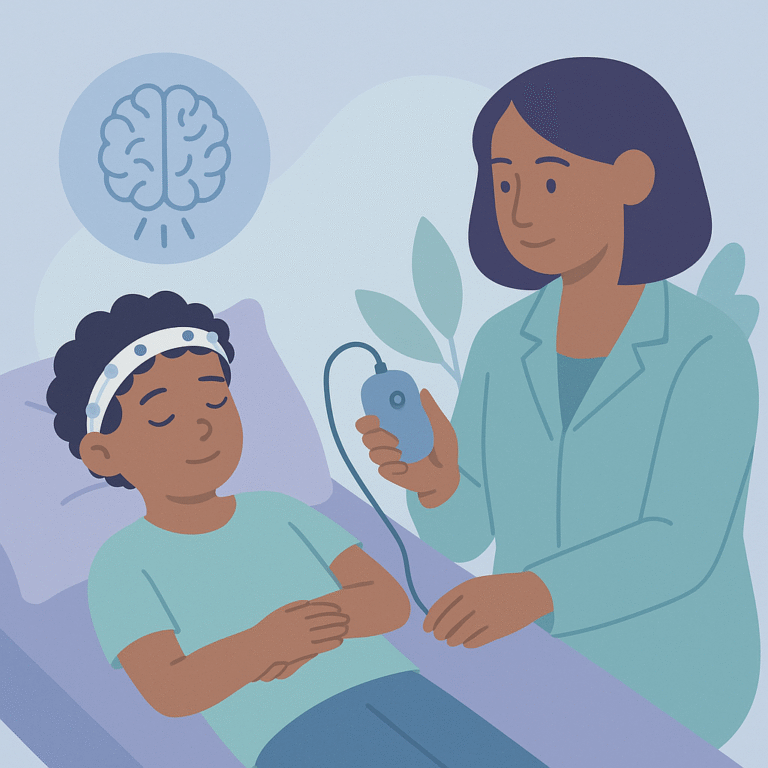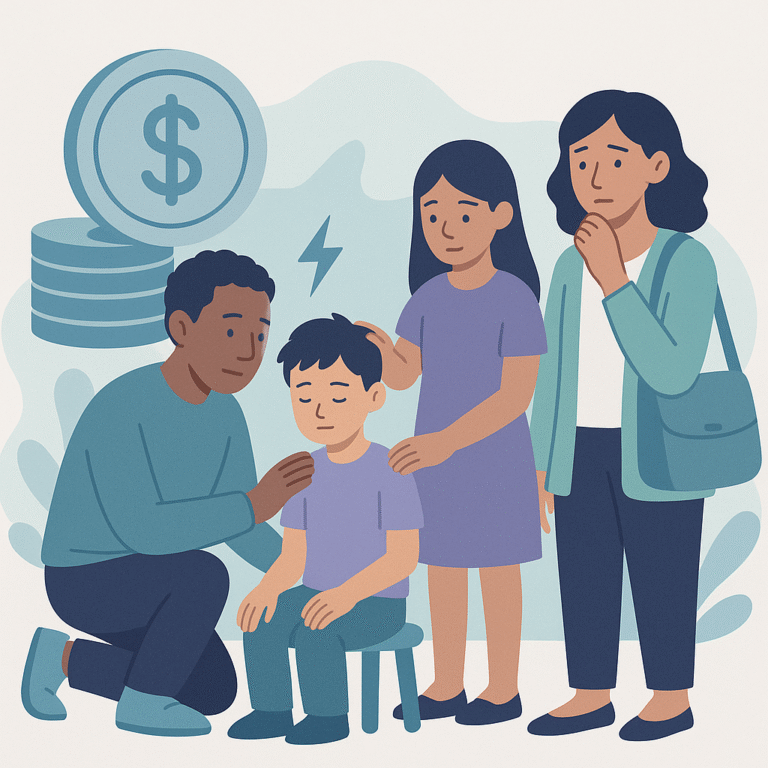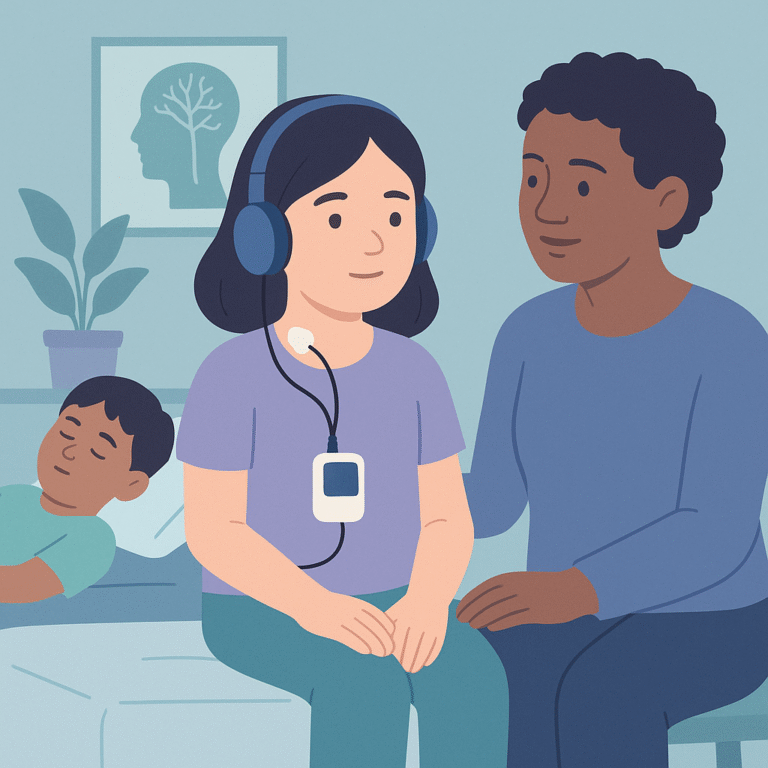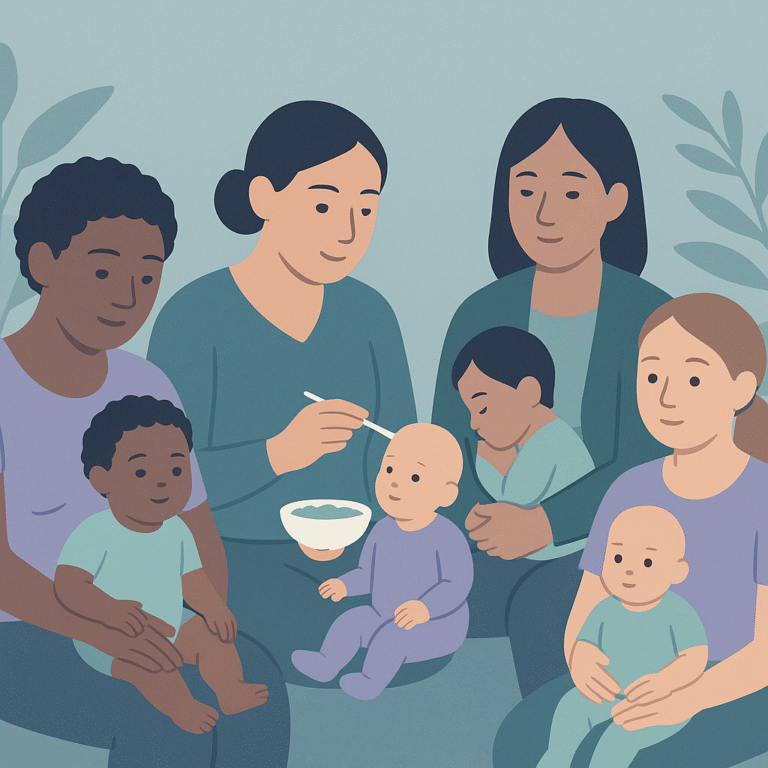Maternal Obesity Linked to Higher Risk of Child Disorders
This study looked at how a mother’s weight before pregnancy affects the development of her child.
Pediatric epilepsy research translated for parents into normal language, including summaries about diagnosis, treatments, school, safety, and safety.

This study looked at how a mother’s weight before pregnancy affects the development of her child.

Researchers studied the effectiveness of a new device called point-of-care electroencephalogram (POC-EEG) in emergency departments and hospitals.

Researchers studied CDKL5 deficiency disorder (CDD), a rare condition that causes severe developmental and epileptic challenges in individuals.

Researchers studied how effective a specific brain stimulation treatment is for children with difficult-to-treat epilepsy.

Researchers studied a specific type of brain injury called cytotoxic lesions of the corpus callosum (CLOCCs) in people with epilepsy.

Researchers studied the indirect costs and burdens faced by families caring for children with severe epilepsy disorders known as developmental epileptic encephalopathies (DEE).

Researchers are studying a condition called Cyclin-dependent kinase-like 5 deficiency disorder (CDD), which affects children and causes severe epilepsy, developmental delays, and other challenges.

This study looked at how effective vagus nerve stimulation (VNS) is for treating drug-resistant epilepsy (DRE) in children.

Researchers studied the use of ketogenic therapy, a special diet that can help control seizures, in infants aged 18 months or younger.